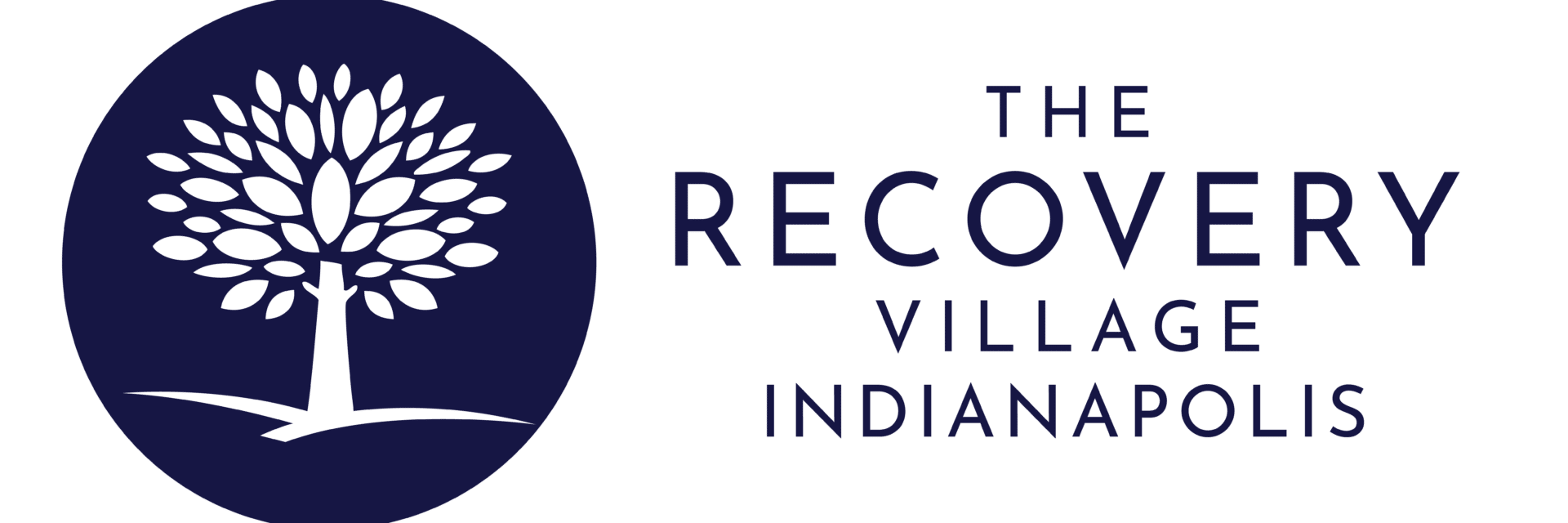Key Takeaways
- Substance Use Disorder (SUD) may require rehabilitation when symptoms include continued use despite harm, physical dependence, and withdrawal.
- Signs you may need rehab include cravings, risky behavior, tolerance development, and failure to meet responsibilities.
- Key considerations when selecting a rehab center include insurance coverage, levels of care, facility location, accreditation, and treatment amenities.
- Rehab centers offer inpatient, outpatient, and specialized services based on patient needs and circumstances.
- The admissions process involves an initial assessment, insurance verification, and determining the right treatment plan, with facilities aiming for a hassle-free experience.
- Financial aspects, including Medicare coverage, self-pay options, and sliding scale fees, are essential for accessing rehabilitation.
- Preparing for rehab involves resolving legal and financial obligations, communicating with loved ones, and packing appropriate items.
- Rehab programs are structured, with daily schedules of therapies, including individual and group counseling, to support recovery.
- Support systems like family, peer groups, and therapy improve recovery outcomes by providing emotional support and accountability.
Assessing the Need for Rehabilitation Services
The necessity for rehabilitation services can arise from various circumstances and conditions that impede an individual’s ability to function optimally in their daily lives. These conditions may include substance use disorder (SUD). Substance use rehab often necessitates a comprehensive treatment program that addresses both the physical dependence and the psychological aspects of addiction.
Signs You May Need Substance Abuse Rehabilitation
Substance abuse, also known as substance use disorder (SUD), is a complex condition characterized by an individual’s harmful pattern of substance use that leads to significant distress or impairment in their life. Recognizing the signs of substance abuse is crucial for determining when rehabilitation is necessary.
Symptoms of SUD can manifest in various ways, including:
- Continued use despite negative health consequences
- Cravings for the substance
- Failure to meet responsibilities at work, school, or home due to substance use
- Patterns of increased use
- Physical dependence
- The development of tolerance to the substance
- Engaging in risky activities,
- Experiencing withdrawal symptoms
Cleveland Clinic outlines that SUD exists on a spectrum from mild to severe, which can guide the level of care needed.
This Season, Give Yourself the Gift of a Fresh Start.
Whether you are struggling with addiction, mental health or both, our expert team is here to guide you every step of the way. Don’t wait— reach out today to take the first step toward taking control of your life.
It’s important to note that substance abuse can affect anyone, regardless of socioeconomic status or background. The Department of Health and Human Services (HHS) emphasizes the importance of accessible treatment options, including the expansion of criteria for Opioid Treatment Programs (OTPs) to better serve those with opioid use disorder (OUD).
Key Considerations for Selecting a Rehabilitation Center
Choosing the right rehabilitation center is a critical step in the journey towards recovery and wellness. Several key factors must be taken into account to ensure the selected facility aligns with the individual’s needs and circumstances.
- Insurance coverage: Understanding what services and expenses are covered by health insurance can significantly influence the decision-making process. It is essential to investigate payment and insurance options, as finances should not be a barrier to receiving appropriate care.
- Levels of care: Rehab programs can range from inpatient to outpatient programs. The American Society of Addiction Medicine (ASAM) provides a continuum of care scale that helps determine the most suitable level of care for an individual. Furthermore, the facility’s accreditation, such as by the Commission on Accreditation of Rehabilitation Facilities (CARF), is an indicator of quality and professionalism.
- Comprehensive treatment and amenities: These might include the availability of 24/7 admissions, ongoing treatment options, visitation policies, and activities that support recovery. The presence of a well-rounded team and evidence-based treatment approaches is also crucial, particularly for individuals with co-occurring mental health disorders.
- Facility location and atmosphere of the facility: Some individuals prefer to be close to home for family support, while others may benefit from a change of environment to avoid triggers associated with their addiction.
Types of Rehabilitation Centers to Consider
Rehabilitation centers are crucial for individuals seeking recovery from SUDs. They come in several forms, each designed to cater to specific needs and circumstances. Here, we explore the primary types of rehabilitation facilities.
- Inpatient Rehabilitation Centers: These centers offer intensive care for patients with severe SUDs that require continuous medical supervision and a structured environment for recovery. They provide a range of services, including medical detox, individual counseling, and group therapy.
- Outpatient Rehabilitation Centers: These facilities allow patients to live at home while attending therapy sessions at the center. They cater to a wide range of SUDs while offering flexibility and convenience for those who can manage recovery without full-time supervision.
- Specialized Rehabilitation Services: Some centers focus on specific types of rehabilitation, such as substance abuse programs for veterans or gender-specific treatments. These specialized services often incorporate tailored therapies and support systems to address the unique needs of their clients.
Navigating the Admission Process for Rehabilitation Centers
The admission process for rehabilitation centers is a critical step in beginning the journey toward recovery. It typically starts with an initial contact, often through a helpline, where individuals can speak with specialists who provide support and guidance. This conversation is aimed at understanding the individual’s situation and determining the type and level of care needed. Research indicates that early engagement and a smooth admissions process can significantly impact the success of treatment.
- Initial Assessment: A pre-screening SUD assessment is usually the first official step, which may include a confidential insurance verification or discussion of payment options for those uninsured.
- Insurance and Payment: Understanding the cost of treatment and insurance coverage is essential. Facilities often help navigate these details to ensure affordability and accessibility.
- Location Considerations: Deciding on the location is also important, as some may prefer local facilities while others might benefit from traveling away from their current environment.
- Different Treatment Elements: Most centers outline the treatment elements provided, including detoxification, therapy, and support systems, which are critical components of the rehabilitation process.
Once the initial steps are completed, individuals can expect to start the detox and rehabilitation phases. The admission process is designed to be as hassle-free as possible, allowing individuals to focus on their recovery journey.
Insurance and Payment Options for Rehabilitation
Understanding the financial aspects of rehabilitation can be a critical step in the recovery journey. Insurance coverage for rehabilitation services, including substance abuse, is often available through both the Affordable Care Act (ACA) marketplace plans and private insurance packages. However, the extent of coverage can vary significantly. It is essential to review your insurance plan’s details concerning rehabilitation services to determine what costs will be covered.
Paying With Medicare
For individuals eligible for Medicare, recent updates from the Centers for Medicare & Medicaid Services (CMS) have been made to the payment policies and rates under the Inpatient Rehabilitation Facility Prospective Payment System (PPS) for the fiscal year 2024. These changes include new service codes and adjustments to reimbursement rates to reflect the value of mental health and substance use disorder services more accurately. The CMS final rules also address the ongoing mental health crisis and opioid public health emergency by ensuring that providers can deliver evidence-based care and that beneficiaries have sufficient access to necessary services.
Self-Pay Options
For those without insurance or needing additional financial assistance, exploring other payment options is crucial. Some rehabilitation facilities may offer sliding-scale fees based on income, payment plans, or even scholarships for those who qualify. It’s important to discuss these options directly with the rehabilitation center and understand any potential financial responsibilities upfront.
Preparing for Rehabilitation Admission
Embarking on the journey to rehabilitation is a significant step towards recovery. To ensure a smooth transition into a rehabilitation program, it is important to adequately prepare for admission. Here are key steps to take:
- Address Legal and Financial Obligations: Settle any legal issues and make sure your finances are in order. This might include informing your employer, arranging for bill payments, and securing your assets.
- Research Facilities: Choose a rehab center that meets your specific needs by considering factors like treatment approach, location, and cost.
- Communicate with Loved Ones: Discuss your decision with family and friends and arrange for their support during your absence.
- Pack Appropriately: Check with the rehab center for any restrictions on personal items and pack accordingly, including clothing and essential personal items.
- Medical and Medication Details: Prepare a list of your medications, dosages, and medical history to aid in the intake process.
- Mental and Emotional Preparation: Mentally prepare for the rehabilitation experience by setting realistic goals and expectations for your recovery journey.
It is also advisable to avoid any substance use before admission to ensure a safer and more effective detoxification process. With these preparations in place, individuals can focus on their recovery with fewer outside distractions or concerns.
Daily Life and Support in Rehabilitation
Life during rehabilitation is structured to provide the best possible environment for recovery. The average length of stay in an inpatient rehabilitation unit is approximately 28 to 30 days but can be as short as 14 days. During this time, patients engage in a rigorous schedule of therapies designed to address their specific needs.
An Average Day in Substance Abuse Rehab
A typical day in rehabilitation might start early, with a wake-up call and vital checks, followed by a series of therapies and activities. These can include individual counseling sessions, group therapy, and time allocated for personal reflection or leisure activities. The intensity and amount of therapy are tailored to each individual’s recovery plan, ensuring that patients receive the care they need to progress.
The Role of Support Systems in Rehabilitation Success
Support systems play a critical role in the rehabilitation process, offering essential assistance and encouragement to individuals recovering from substance abuse. Family involvement, group therapy, and peer support are cornerstones of effective rehabilitation support. Research has shown that a robust support system can significantly improve patient outcomes by providing emotional support, accountability, and a sense of community.
- Family Involvement: Family members can offer emotional stability and practical help, often participating in therapy sessions to better understand and support the patient’s journey.
- Group Therapy: This therapeutic approach provides a platform for sharing experiences and learning from others facing similar challenges, fostering a sense of belonging and mutual support.
- Peer Support: Connections with peers who have experienced similar struggles can be incredibly validating and empowering, as they offer unique insights and understanding.
Integrating these support systems into the rehabilitation process can lead to better engagement, increased quality of life, and a higher likelihood of maintaining long-term recovery. The presence of a supportive network also helps to reduce the burden on healthcare systems and contributes to the overall well-being of individuals in recovery. Thus, it is crucial for rehabilitation programs to facilitate the development of strong support systems for their patients.
Evidence-Based Drug and Alcohol Rehab
For those seeking alcohol addiction treatment, The Recovery Village Indianapolis Drug and Alcohol Rehab stands as a beacon of hope. Located within the heart of Indy, we offer a comprehensive array of treatment options, including medical detox, inpatient care, partial hospitalization, and intensive outpatient services.
When you or a loved one are ready to embark on the path to recovery, our Recovery Advocates are here, ready to assist. Reach out to learn more about our tailored treatment programs, designed to cater to your specific needs and situation.


